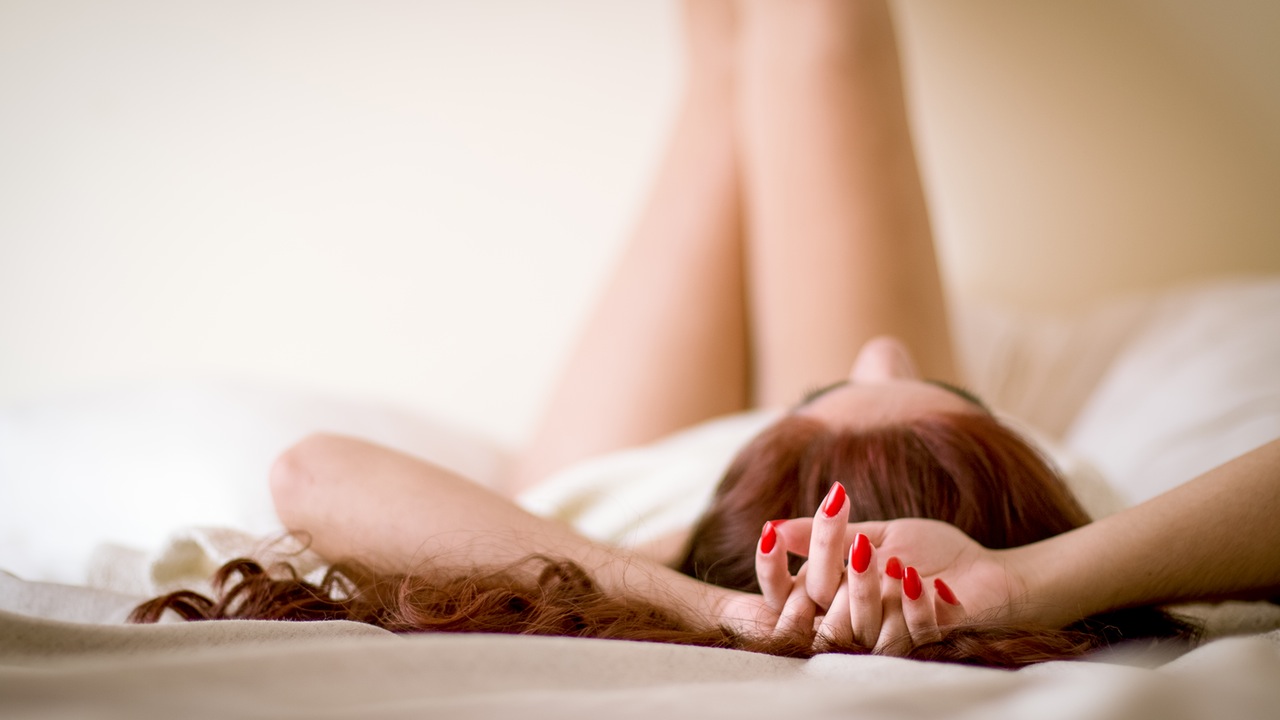The term “vulvodynia” refers to “vulvar pain”, surfacing around the urethra and at the top of the legs and inner thighs, either intermittent or constant. It is a condition from which 15% of women suffer and is found in women who are younger to middle-aged.

It occurs as a result of problems with the nerve fibers in that area, and it does not manifest itself visually. Vulvodynia is characterized by the nerve endings in those areas being super-sensitive and painful to the touch. The pain may be constant or come and go in cycles. The pain may make interrupt some normal activities. It can also make one upset or depressed. It might even cause problems in one’s relationship with spouse or partner, because it can make sexual intercourse painful.
Vulvodynia can have a negative impact on a woman’s life. It can impair her ability to have sex, exercise, socialize, or work. A National Institutes of Health (NIH) study showed that most women with vulvodynia feel ”out of control.” |
Symptoms
Pain as the most notable symptom of vulvodynia, and can be characterized as a burning, stinging, irritation or sharp pain that occurs in the vulva, including the labia and entrance to the vagina. It may be constant, intermittent or happening only when the vulva is touched. The symptoms can arise during or after sexual activity, when tampons are inserted, or when prolonged pressure is applied to the vulva, such as during sitting, riding on a horseback or a two wheeler.
Cotton swab testing is used to identify areas of localized pain and to classify the areas where there is mild, moderate, or severe pain.
Line of Treatment
Females with vulvodynia need to identify what works best for them and try several remedies before finding a combination that provides relief. Treatment options, include vulvar care measures; topical, oral, and injectable medications; biofeedback training; physical therapy; dietary modifications; cognitive behavioral therapy; sexual counseling; and surgery. Newer treatment choice include use of acupuncture, hypnotherapy, nitroglycerin, and botulinum toxin. Tricyclic antidepressants and anticonvulsants can be used for vulvodynia pain control.
General Care & Precautions
The following vulvar care measures can help minimize the irritation:
- Wear 100% cotton underwear (no underwear at night)
- Avoid vulvar irritants (perfumes, dyes, shampoos, detergents) and douching
- Use mild soaps for bathing, with none applied to the vulva
- Clean the vulva with water only. You can apply Neem oil as treatment option at irritation site. It acts as an anti-fungal and is safe if you are prone to yeast.
- Avoid the use of hair dryers on the vulvar area
- Pat the area dry after bathing, and apply a preservative-free emollient (such as vegetable oil or plain petrolatum) topically to hold moisture in the skin and improve the barrier function
- Switch to 100% cotton menstrual pads (if regular pads are irritating)
- Using adequate lubrication for intercourse
- Applying cool gel packs to the vulvar area
- Rinse and pat dry the vulva after urination.
Diet Check
Follow a low-oxalate diet to prevent high urine oxalate levels. The level of oxalates can be tested by taking a 24-hour urine sample. Those following a low-oxalate diet often take a calcium citrate supplement. There is no evidence that this diet helps sufferers with normal oxalate levels in their urine. Many fruits are considered low-oxalate, meaning they contain less than 2 milligrams per serving. These include bananas, cherries, grapefruit, grapes, mangoes, melons, green and yellow plums and nectarines. Low-oxalate vegetables, which are also low in calories, include cabbage, chives, cauliflower, cucumbers, endive, kohlrabi, mushrooms, radishes and water chestnuts. Peas, which are legumes, are also low-oxalate. Cheese, milk and buttermilk are all low in oxalate and valuable sources of calcium, vitamin D and protein. Low-oxalate starches include barley, corn and rice-based cereals, egg noodles, English muffins, graham crackers, plain pasta, wild rice and white rice. Low-oxalate fat sources include mayonnaise, margarine, salad dressing and vegetable oil.
Use of probiotics taken daily may help.
Probiotic Foods Sources
|
Exercise Support
Kegel exercises (e.g., hold for 9 seconds, relax for 30 for 10–15 sets) and relaxation (breathing deep into the gut) exercises can help. Manipulation of the muscles by stretching the muscles. (One may practice stretching along with Kegel’s at home) Therapists encourage strengthening core muscles, believing that the pelvic region overcompensates for the work the core muscles should be doing, causing strain and pain.
Emotional and psychologic support is important for many patients, and sex therapy and counseling may be beneficial.
Reference: